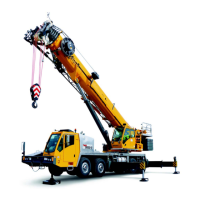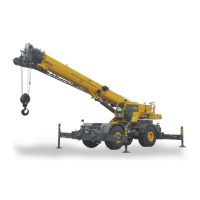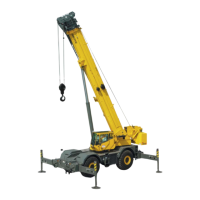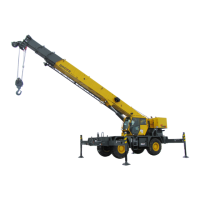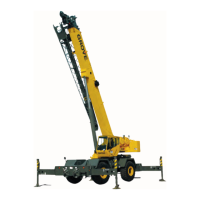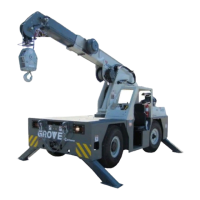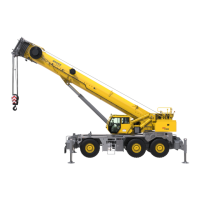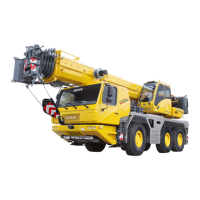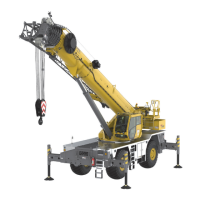UNDERCARRIAGE TMS700E SERVICE MANUAL
8-14 Published 01-29-2015, Control # 512-01
FUNCTIONAL CHECK
A periodic functional check of the power steering system will
generally be adequate to ensure satisfactory service.
1. Check all fittings for leakage. Accumulation of moist,
black dirt is a good indication of leakage
2. Turn the steering wheel through the full range with the
engine running at both idle and full throttle. Do this with
the machine stationary and moving. Note any speed
irregularities and sticky sensation. This may indicate dirt
in the fluid. If the steering wheel continues to rotate
when started and released, a condition known as
motoring exists. This may also indicate dirt in the fluid.
3. Ensure the system has adequate power. If there is an
indication of hard steering, this can be caused by either
a reduced oil flow to the control valve or a reduced
system relief pressure. Adequate oil pressure can only
e. King pins seized or binding. e. Repair or replace.
f. Oil flow rate incorrect. f. Check and correct supply
pump.
17. Darting, wandering, oversteering. a. Oil flow too high. a. Supply pump not to
specifications.
b. Air trapped in steering gear. b. Bleed system.
Darting, wandering, oversteering.
(continued)
c. Looseness, worn front end
parts.
c. Check and repair as required.
d. Front end alignment not
correct.
d. Align front end - Caster.
e. Overloading. e. Reduce loads.
f. Rear axle not parallel. f. Check and repair as required.
g. Tight tie rod ends and drag
link sockets.
g. Check rotational torque and
replace if necessary.
18. Excessive backlash, freeplay. a. Worn universal joint. a. Replace universal joint.
b. Rack on piston damaged. b. Replace steering gear.
c. Damaged sector shaft/
splines.
c. Replace steering gear.
d. Worn or damaged pitman arm
splines.
d. Replace pitman arm and/or
sector shaft.
e. Universal joint yoke loose on
actuating shaft.
e. Repair or replace damaged
parts.
19. Steering input not smooth. a. Worn universal joint. a. Check and replace as
required.
b. Lack of lubrication. b. Lubricate per lube chart.
c. Universal joint
s n
ot phased
properly.
c. Re-phase columns.
d. Low oil flow. d. Idle speed to slow or supply
pump not to specifications.
e. Pump cavitation. e. Correct pump supply.
f. Overheating. f. Correct cause of overheating.
NOTE: *With the vehicle stationary and engine at idle, place the torque wrench on the steering wheel retaining nut and
steer from lock to lock. A reading of more than 1.7 Nm (15 lb-in) means improper phasing. To correct, rotate the
intermediate steering shaft one spline at a time until the torque reads the same throughout the 360 degree
rotation.
Symptom Probable Cause Solution
Reference Only
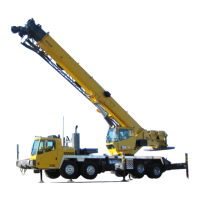
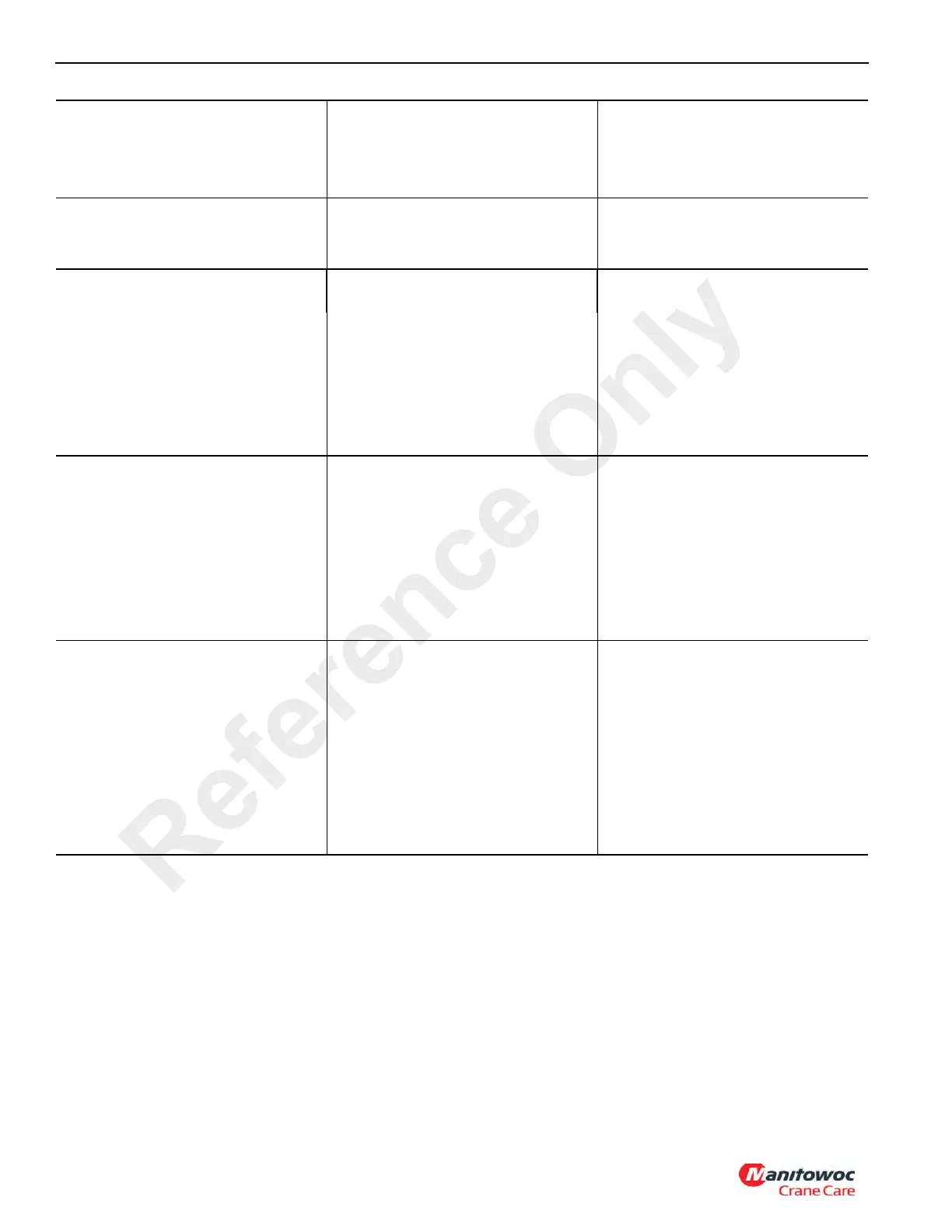